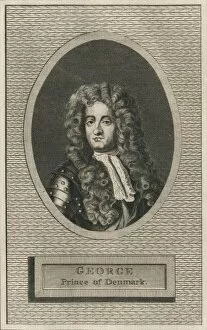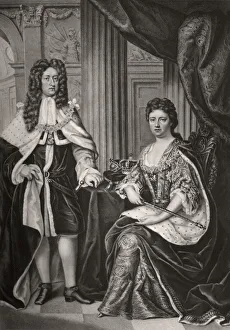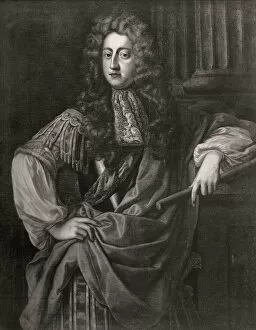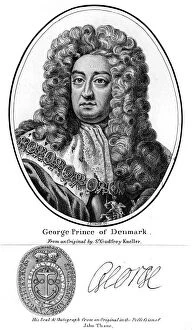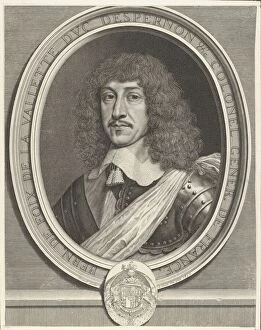Earl Of Kendal Collection
The Earl of Kendal was a noble title in England, held by various individuals throughout history
All Professionally Made to Order for Quick Shipping
The Earl of Kendal was a noble title in England, held by various individuals throughout history. One notable holder of the title was John Beaufort, who was created Earl of Kendal in 1443 by King Henry VI. The earldom of Kendal was later merged with the dukedom of Bedford. The Earls of Kendal were known for their wealth and power, often playing important roles in English politics and society. They owned vast estates and had significant influence at court. Despite their prestigious status, some Earls of Kendal faced challenges and controversies during their time as nobles. From family disputes to political rivalries, they navigated complex relationships to maintain their position within the aristocracy. Today, the title may no longer exist in its original form, but its legacy lives on through historical records and accounts. The stories of these noble figures continue to fascinate those interested in British history and genealogy.



